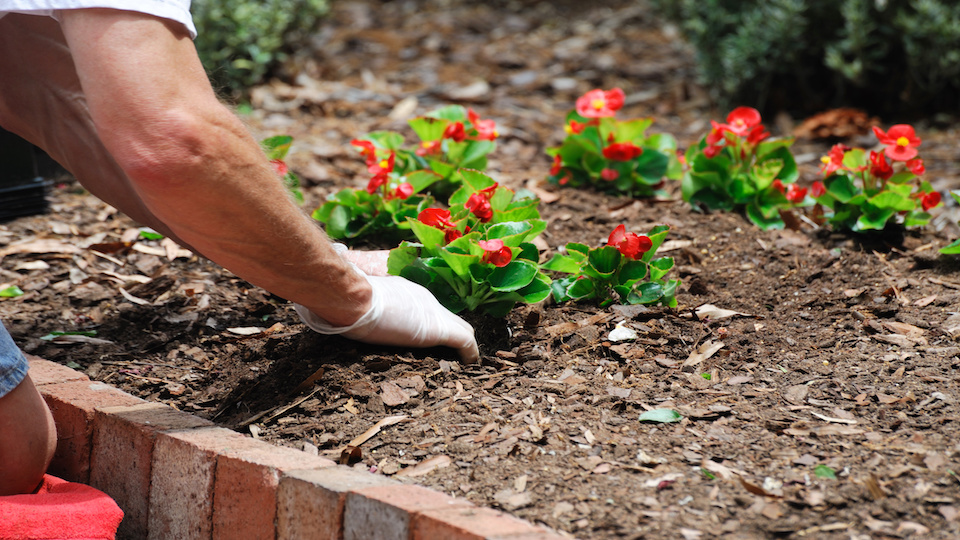Gardening is incredible. It allows you to get in touch with the earth, spend time outdoors, and grow beautiful flowers and produce that you can share with family and friends. However, it can quickly become an expensive hobby with a lot of reoccurring costs that add up over time. Thankfully, there are plenty of easy ways to keep your expenses to a minimum. Read on for our favorite money-saving tips to garden on a dime.
Invest in quality tools
Though it may seem like a good idea to cut corners and buy the cheapest tools at the beginning of the season, these tools will most likely break after just a few years, and you will have to keep replacing them as soon as you hit hard soil or rock. Invest in quality shovels, pruning shears, and rakes that come with a lifetime warranty.
Use cardboard for weed control
If you ever buy anything online, you most likely receive an excessive amount of cardboard boxes in the mail. Instead of throwing them away or recycling them, store up the boxes in your garden shed or garage throughout the year. When spring rolls around, and it is time to get to work in the garden again, simply lay out the cardboard boxes and soak them with water. Then add your soil on top and plant away. This will create a natural barrier to prevent weeds springing up and will save you time and money.
Grow edible plants
Though perennial flowers and annuals are great, plants that serve a dual purpose are even better. Grow herbs, vegetables, and fruit to help cut down on your grocery bill and utilize your soil space. Herbs are particularly expensive to buy fresh in the store, so create a kitchen herb garden within easy reach of the back door and enjoy
Start from seed
One pack with tons of seeds often costs less than a single plant of the same variety. Learn how to start seeds properly and harden them off so that you can transplant them into the garden. Don’t fall into the common trap of buying the expensive soil cups and prepacked grow kits. Save egg cartons and start your seeds in rich compost in a sunny windowsill.
Make your own compost
Not only will starting a compost pile help cut down on the amount of trash you produce, but it is also an easy, free way to create excellent, nutrient-rich soil. Use this soil in your garden each year instead of buying bags of compost.
Water wisely
Water bills can skyrocket in the summer if you have a lot of land that needs to be watered or if you are careless in your watering technique. Always water in the morning to prevent rapid evaporation and allow the water to soak into the soil. Mulch heavily to increase moisture retention and avoid using sprinklers that don’t permeate the roots. Using a soaker hose is the best way to deliver water directly to your plants without damaging the foliage and wasting water.
Install a rain barrel
Why let all of that perfectly good rainwater go to waste? Install a rain barrel under your gutter to collect runoff and use this to water your plants. This is especially handy for any plants on your back porch or patio.
Buy late in the season
Those sad looking plants in your local garden department aren’t on their last leg of life, even though it may seem like it. When fall rolls around, and those lonely perennials are marked down 50 or even 75 percent, snatch up as many as possible. Plant them as soon as you buy them, lay a thick layer of mulch around the base to keep the roots protected, and enjoy new growth in the spring.
Trade plants and seeds
Collect seeds from your plants in the fall and place them in plastic baggies with the date and name of the plant. Get involved with your local gardening community and trade these seeds. This is a great way to share the love and get new plants without having to spend a single penny. You can also divide perennial clumps and put them in other areas of your garden or trade with friends as well. You can also share equipment or go in with your neighbor on bulk seeds or mulch at a reduced cost.
Embrace groundcover
Groundcover can do a lot for that barren space in your garden. Instead of attempting to fill it with individual plants that remain fairly small, purchase a few different types of groundcover and you’re good to go. This is especially helpful for areas in the garden that you want to build up slowly.
Do you know of any tips for gardening on a budget? Let us know in the comments below!
-Taylor Ramsey



